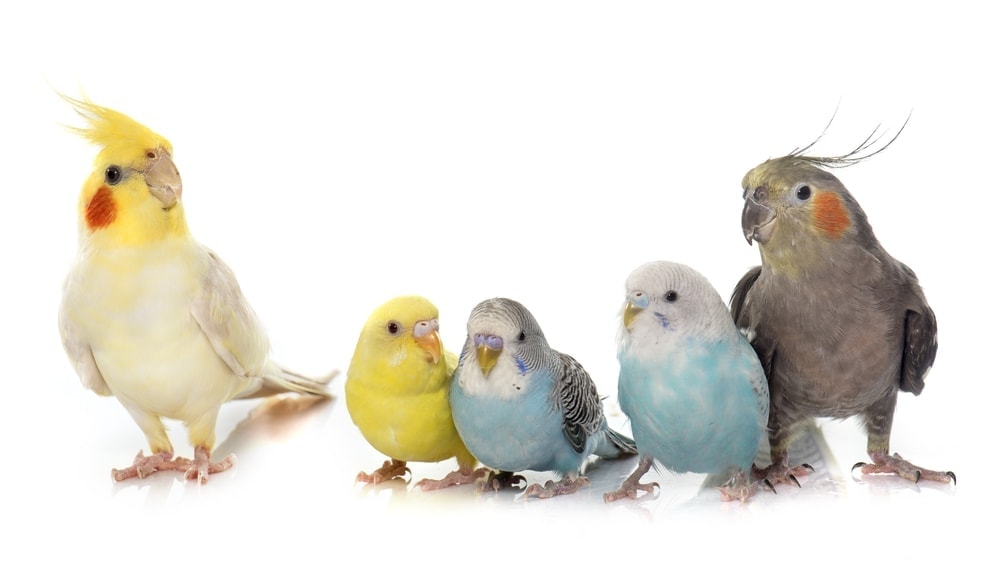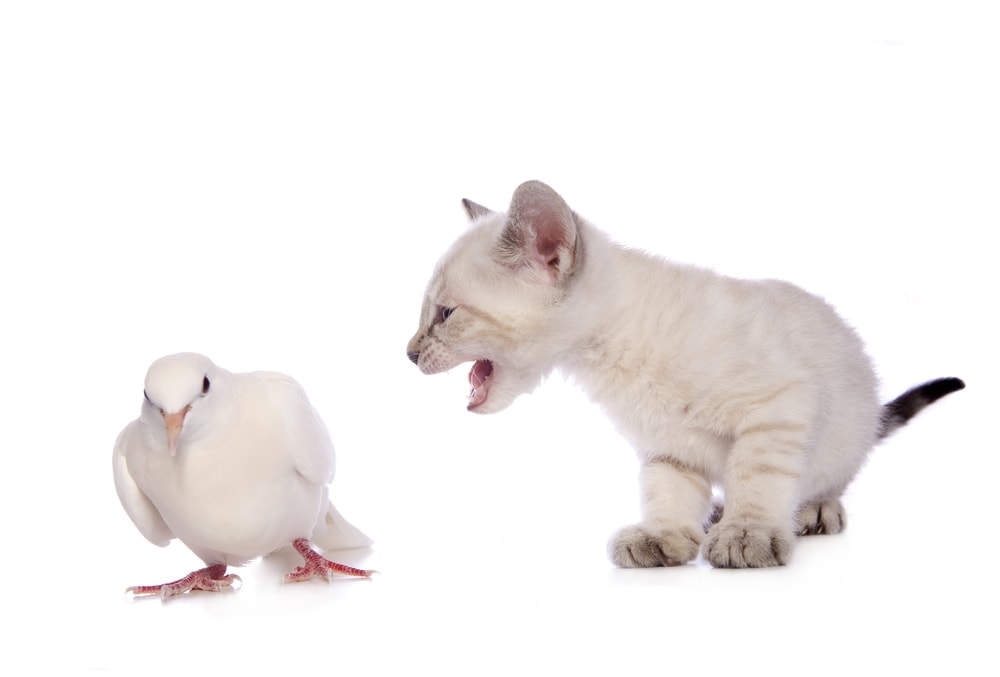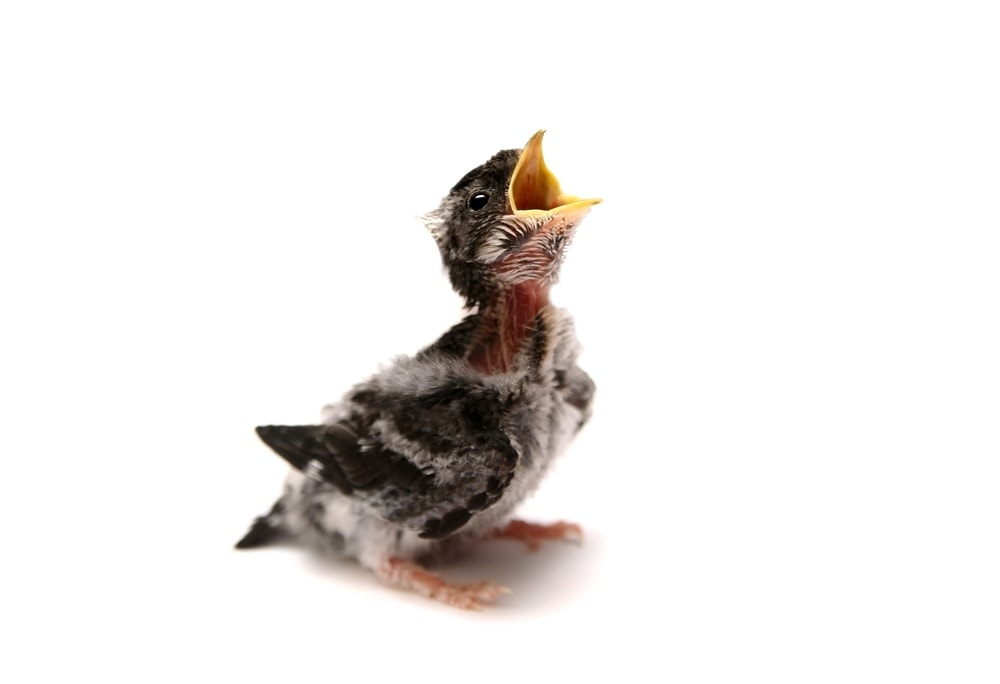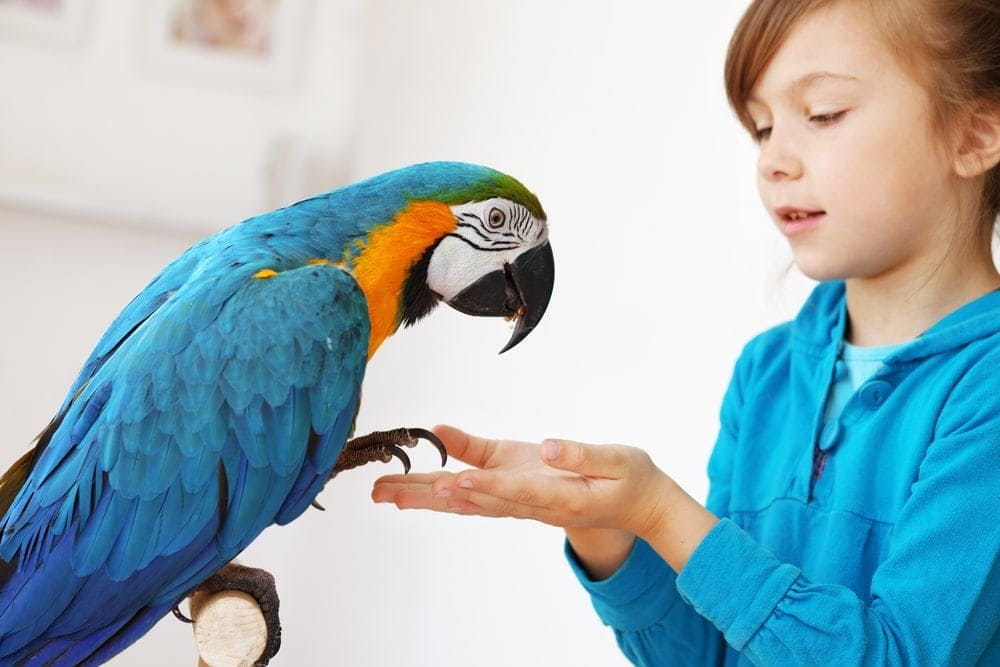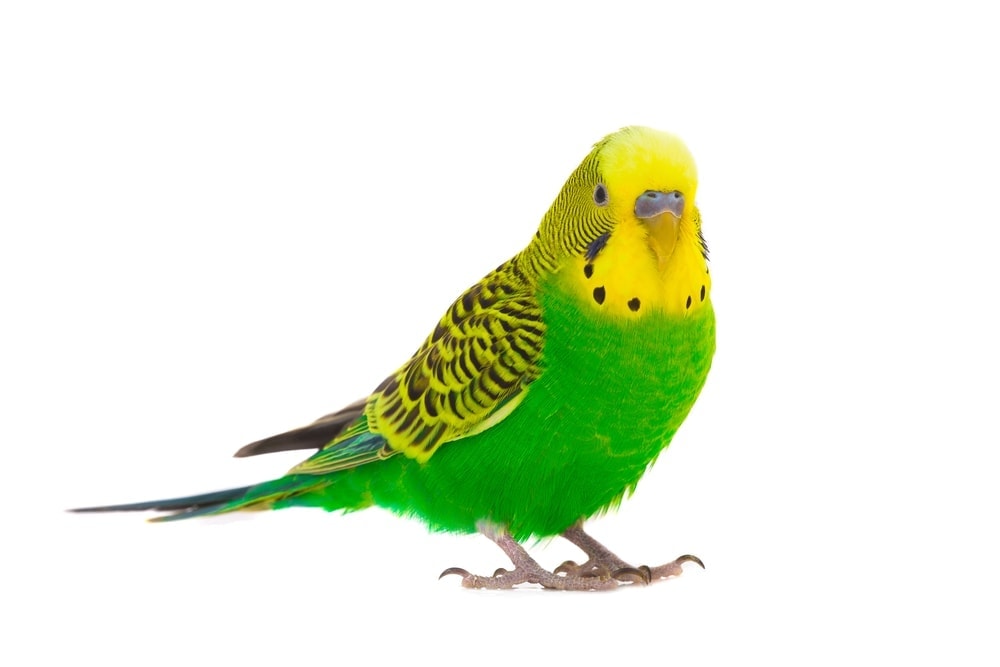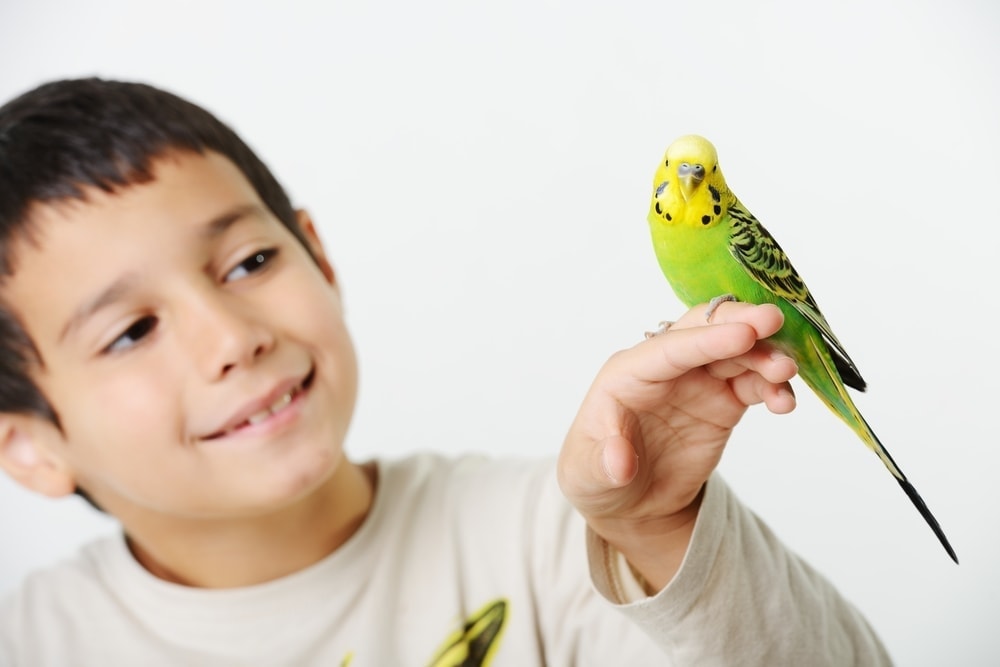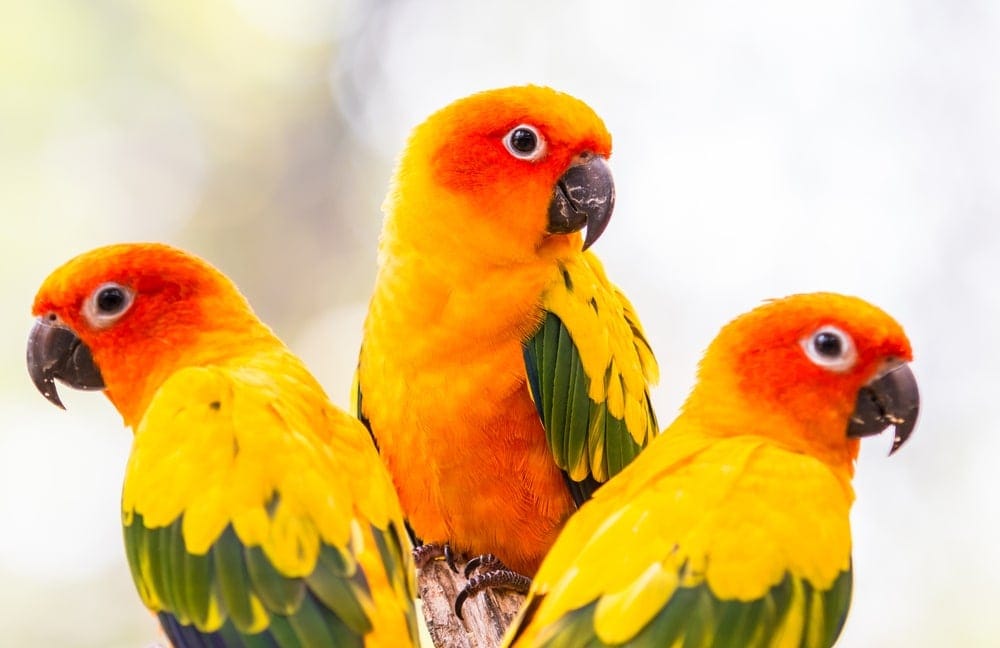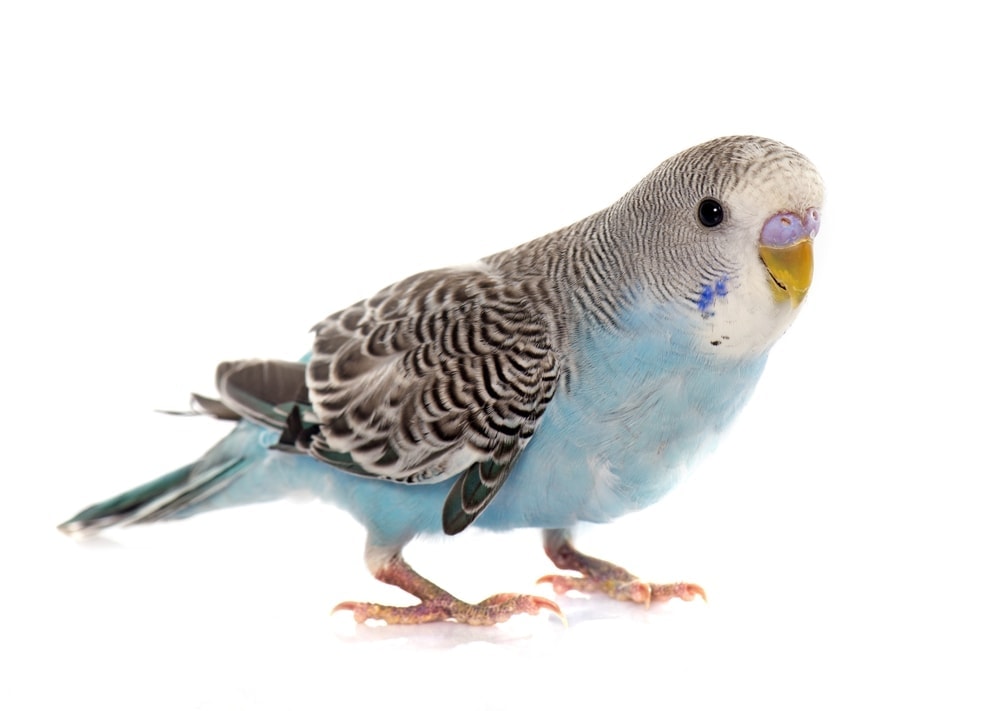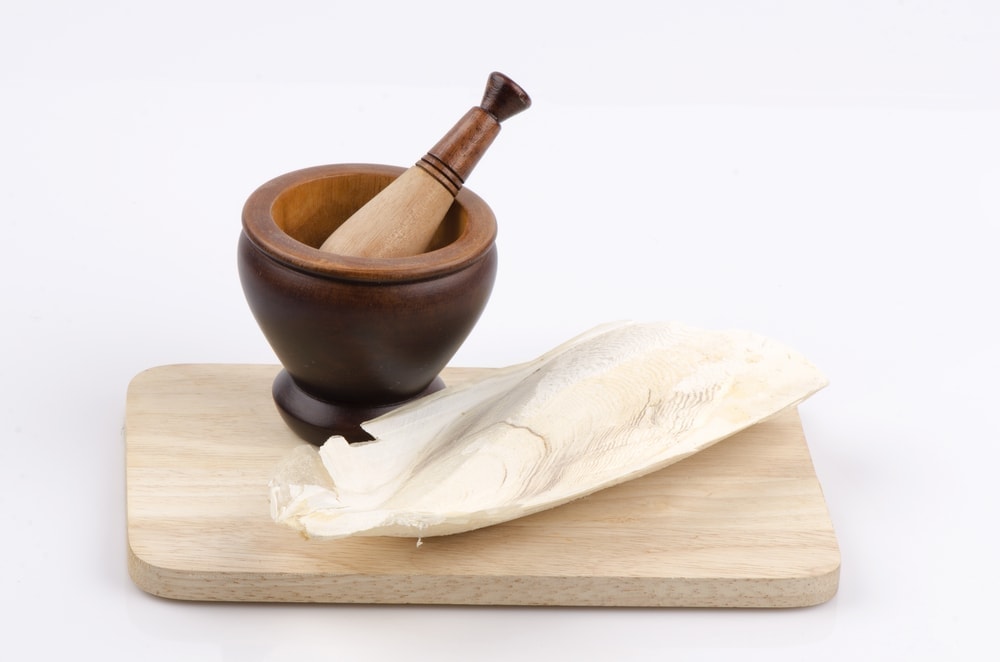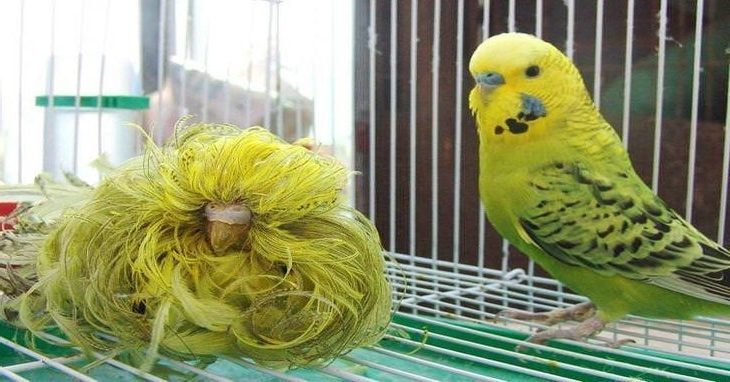Budgies and Cockatiels are both incredibly popular pets, but one of them is probably better than the other based on your needs.
This article will help you decide which feathery friend you should choose.
Lifespan
The Cockatiel has a lifespan of around 20 years in captivity, while the Budgie Parakeet can live up to about 15 years with proper care. This makes the cockatiel a slightly better pet for those who want a long-term feathery companion.
Personality
Both of these birds have a very affable and affectionate overall personality. They are also known for being very playful. This means that they need plenty of toys and other things in their cage to stay occupied.
One of the big differences between these birds is that cockatiels can tell you what kind of mood they are in with their crest. When the cockatiel’s crest is all the way up, they are most likely either excited or afraid. It can be a bit more difficult to tell what your budgie is feeling at any given moment.
Cockatiels are a bit easier to handle than budgie parakeets. Budgies are best appreciated from a distance. If you do handle a budgie, you have to be extremely careful. You will need to have a good amount of patience when socializing these birds.
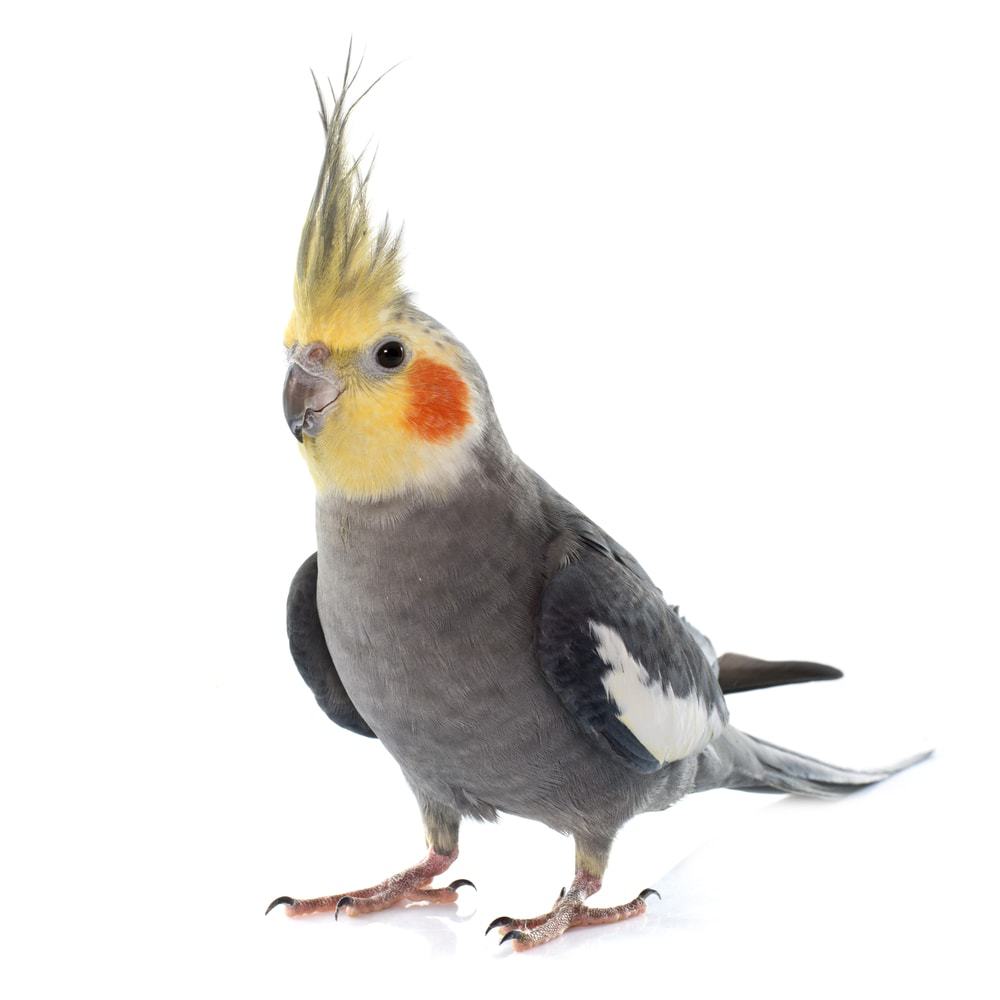
Environment
It is recommended that you provide both of these birds with a cage that is large enough for them to comfortably spread their wings in. Keep in mind that cockatiels can get panicky at night if their cage is not covered up.
Both of these birds should be kept in an area of your house where people typically are during the day. This will provide your pet with the necessary stimulation and socialization, which is particularly important early on.
Budgies need to have a cage with horizontal bars, as they are big climbers. You don’t want the bars on the cage to be more than a half inch apart with either of these birds.
Diet
You can feed both of these birds a diet that consists mostly of seeds and pellets. It is important to make sure that you choose pellets that are specially formulated for the type of bird you have.
These birds can also eat foods like apples, bananas, carrots, melon, corn, broccoli, beans, spinach, and more. You should completely avoid giving them any sugar, chocolate, avocado, alcohol, or caffeine whatsoever.
Cuttlebone can be given to both of these birds to ensure that a calcium deficiency does not become a problem.
Keep in mind that cockatiels should be given leafy greens every couple of days. A millet spray can serve as a great occasional treat for this bird.
You need to make a point of providing both of these birds with fresh water on a regular basis. It is imperative that they stay hydrated. Remember to change out their food and water so bacteria do not have the opportunity to form.
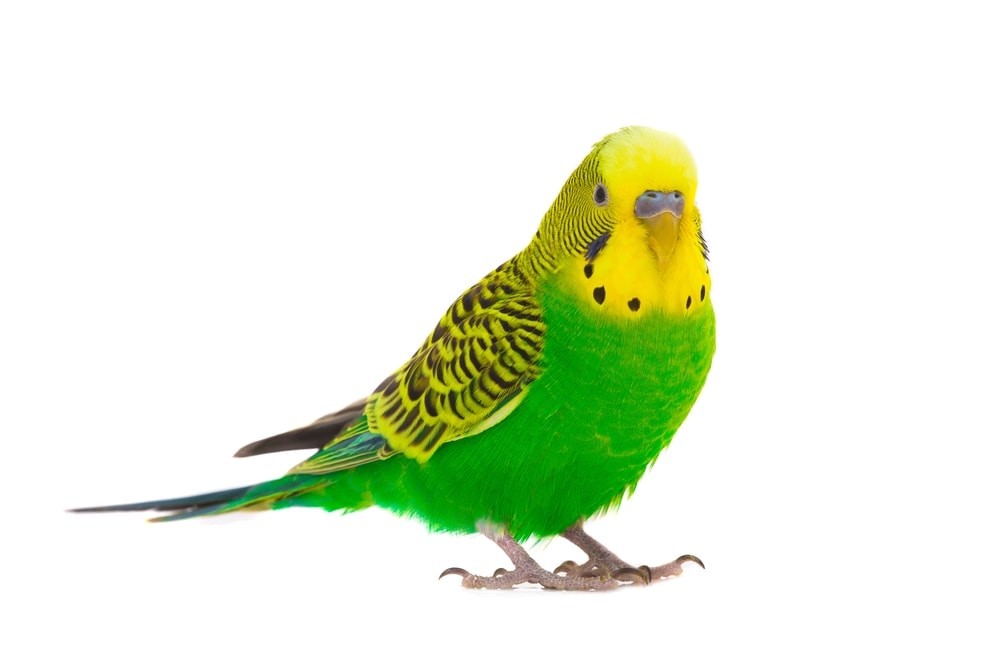
Types of Birds
There are two main types of Budgies, including the Budgerigar and English Budgie. Both of these birds have pretty much the same temperament, dietary needs, etc.
Cockatiels are available in a variety of mutations, including the Lutino, Whiteface, Peal, Cinnamon, and Pied. Each of these birds offers its own unique colors. It is important for you to look into some of them before making a final decision.
Interacting with a Cockatiel
It is a good idea to spend at least an hour each day with your cockatiel outside of the cage. These birds can enjoy being held, but only for short periods. You should consider getting a T-stand outside of the bird’s cage for it to sit on.
Interacting with a Budgie
Budgie parakeets enjoy sitting on a T-stand outside of their cage as well, but you shouldn’t expect to hold them very much. These birds aren’t usually a big fan of human contact, but they will interact with you while in their cage. This might be dissatisfying for some people, so it is definitely something to consider.
Signs of Illness
There are certain signs of illness that you’ll need to watch out for with each of these birds. The sooner you recognize that something is wrong, the sooner you can get them treatment.
Signs your Cockatiel might be sick include:
- Sudden weight loss despite eating normally.
- Lack of appetite.
- Sluggish or lethargic behavior.
- Fluffed up feathers for extended periods of time.
- Sneezing
- Discharge from the mouth and/or nose.
Signs of Budgie illness include:
- Less active than normal.
- Abnormal droppings.
- Spending a lot of time at the bottom of their cage.
- Fluffed up feathers for long periods.
Grooming
You can keep both of these birds’ feathers clean and well-groomed by either misting them with a water bottle or giving them a bowl to bathe in. These birds will definitely use a bowl for this purpose at least every other day.
Price
Budgie parakeets cost anywhere from $10 to $35, making them very cheap pets. Cockatiels are a bit more expensive with a cost of $100 to $250. The cost of a cockatiel largely depends on the specific mutation that you are interested in.
Conclusion
- Cockatiels are definitely more “hands on” birds than budgies, but they still don’t do well with extended handling.
- The dietary needs of these birds are basically the same—seeds and pellets with fruits, vegetables and other foods to supplement their diet.
- There are quite a few different Cockatiel mutations that you should explore.
- While there are two main types of Budgies, they are essentially the same in terms of the care they require.
- Cockatiels love to spend time outside of their cage each day, whereas Budgies are far more content to stay in most of the time.
- It is important that you provide both of these birds with plenty of toys and other things to keep them mentally and physically stimulated.
- Sluggish behavior and/or fluffed up feathers can be a sign of illness in bot hof these birds.
- Cockatiels are significantly more expensive than Budgies.
